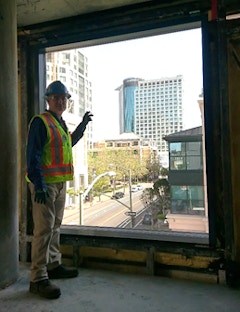Glass in GSA Buildings
Embodied carbon in buildings is a key factor in building decarbonization and while it is generally small compared to operational carbon, the…


The building envelope is at the intersection of embodied and operational emissions. Curtain wall specifically could play an important role in








Today, building facades are expected to do much more than merely provide shelter, which is driving the need for higher performing envelope solutions.

